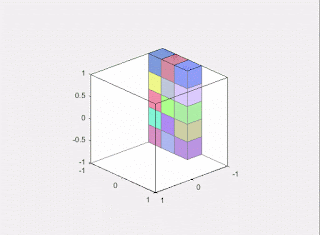Wicking beds
Wicking bed
|
Pipes arrangement |
When arranging an array of wicking beds, I like a single outflow. The outflow leads water away from the plant-bed. A screw-double-sided connector affixes the tub wall. The outflow hole (OH) is simply the perpendicular join of a T-connector. Thus the height level of the OH must be below inner drainage-pipe’s top face, and the OH will designate the desired water-height inside the wicking bed. For 3 or morewicking-beds in sequence, having outflow holes between each bed, rather than just one, may prevent the flooding of the furthest bed. Maths: The height of the water-level inside
the wicking bed, is
measured from the tabletop to the level. |
|
|
|
|
Tub |
The Tub must fit the table comfortably, without being too skinny. The tubs should be sturdy but beware of twisting and cracking a tub full of stuff, only attempt to move an empty tub. If the tub plastic is so weak that it buckles out, try making two holes on either side at the top of the tub, and tighten a string between the two holes as a ‘strut’. An ‘emergency’ excess-water hole should be placed half way above between the water level and the top of the dirt . Thanking God in prayer, we find a suitable bed. If plastic it should be food-safe and BPA-free. A rough approximate is
that : in maths: fish_water (litres) = 2 x grow bed (litres) |
|
|
|
|
Rocks (substrate) |
The substrate is the important part of any Aquaponics vegetable
grow-bed because it provides a home for the “Nitrifying bacteria” that cleans
up the fish ammonia. |
|
|
|
|
Separator(geotextile) |
The Separator keeps the rocks down and the soil up. Thus keeping the water free from mud. The separator ideally should let the water travel without dirt, which allows ‘wicking’ (osmosis) to occur. Some suggest Hessian sacks (sold second-hand by coffee grinders and cafes) but there is a purpose built material called “non-woven geotextile” which allows water to travel through and stops dirt from escaping. It is called a geotextile because it promotes osmosis, which is what we need in a wicking bed. The geotextile wraps the dirt on all sides except the top. non-woven Geotextile works out cheaper for me and better quality than importing ‘hessian’ sack. The Oblong sheet of material will fold in the corners to prevent dirt from escaping out the sides . Maths: Cut out the oblong to have the
following length and width. Length = dirt_height
+ dirt_height + tub_length.
|
 |
|
|
Plant soil |
The plant soil can be any soil, preferably old compost mixed with top-soil. Simple “Potting mix” would do nicely. Bearing in mind not to
fertilize the ground at all, or not with poisons, as the fish and fish-food
provide the fertilizer. |
|
|
|
|
Drainage pipe |
Here, is where the outflow hole is carefully positioned to be not heigher than the water-level’s drainage pipe’s upper
surface. |
|
|
|
|
Rain protection device. |
Making an A-frame out of galvanized wire. And threading the clear
plastic sheet through the wire, provides protection
from the rain. See the picture below. |
|
|
|




Comments
Post a Comment